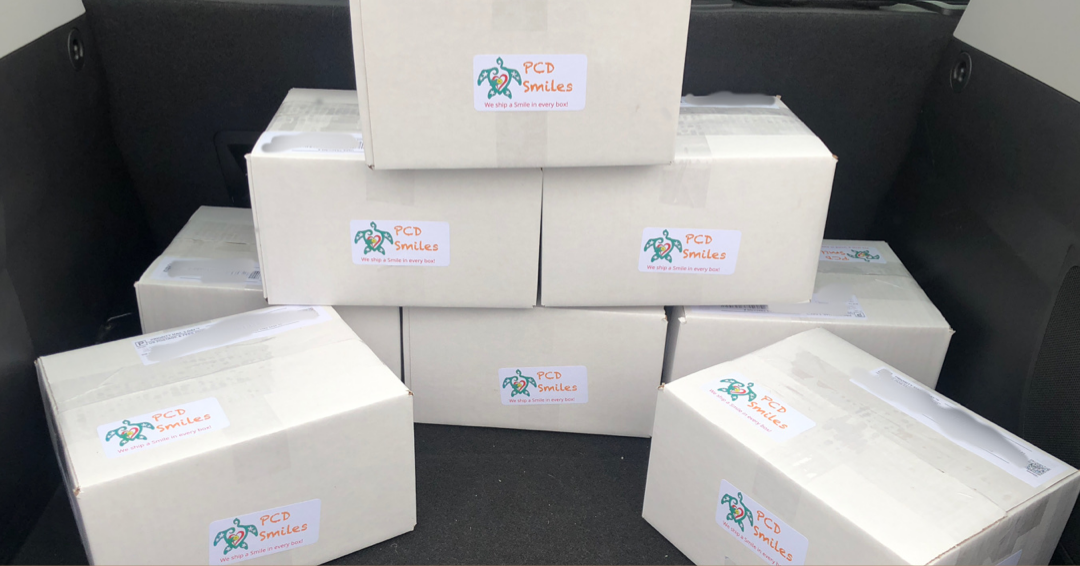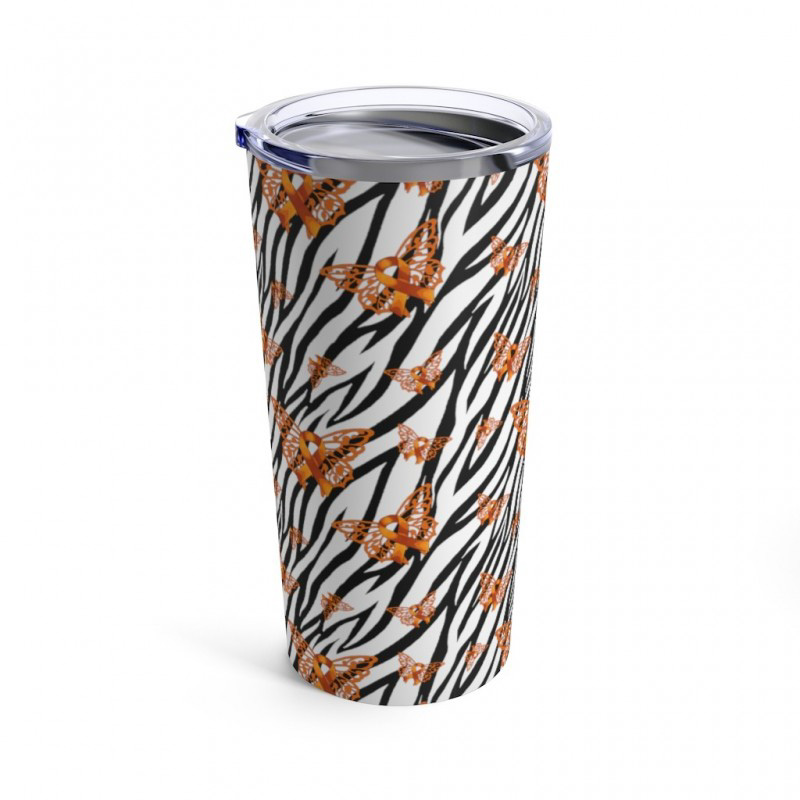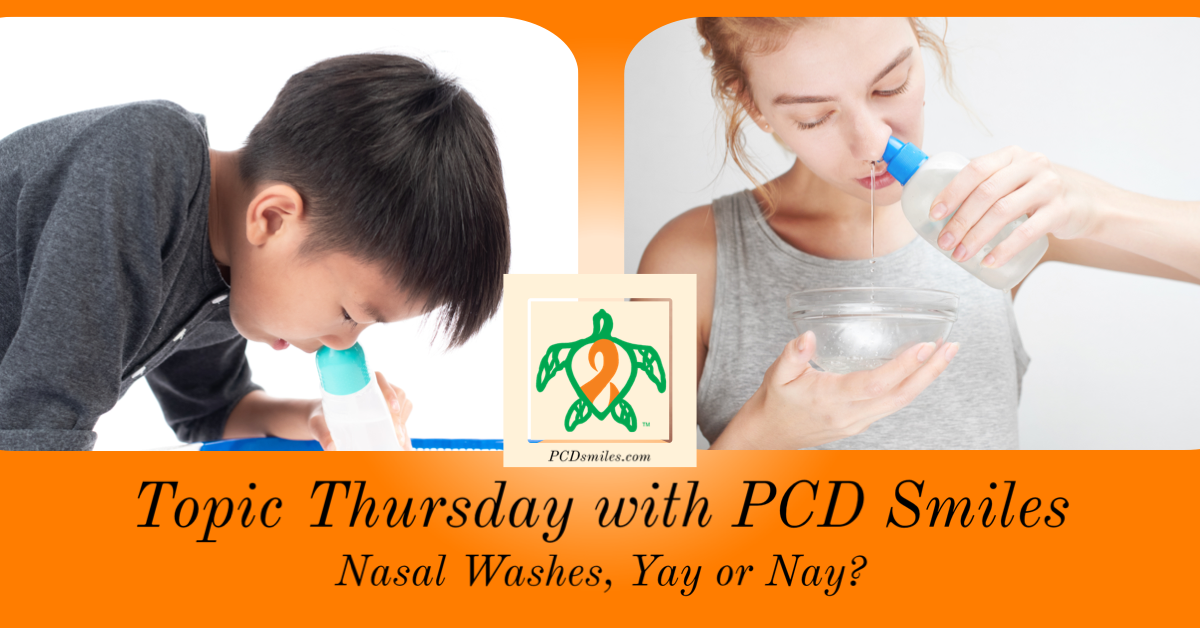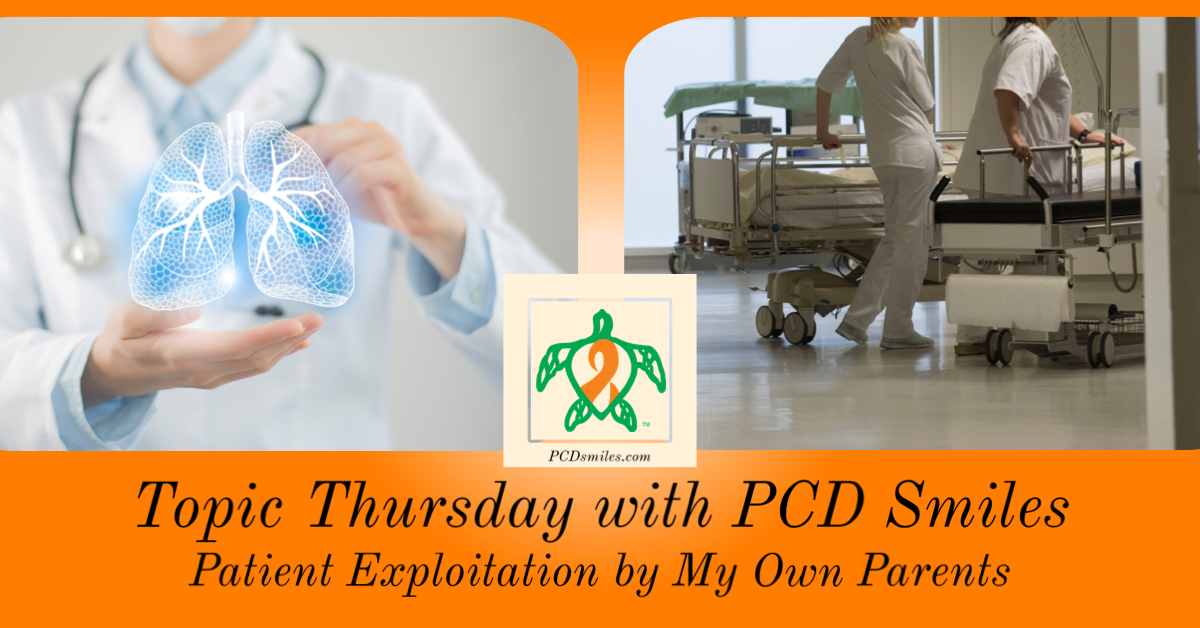Dear Ask Smile E.,
I’m new to the world of PCD and was wondering if you could give me your opinion on a Facebook posting that was posted elsewhere on Facebook yesterday for Bronchiectasis Awareness Day; April 7. I’ll attach the link to the article below. So my questions are, if it’s so difficult to get a bronchiectasis diagnosis because it’s mistaken for CF and bronchiectasis is a new disease; why did my child receive a bronchiectasis diagnosis via ct-scan long before my child’s PCD diagnosis? I thought CF was closely related to PCD not bronchiectasis. Isn’t bronchiectasis a side effect of of the disease process in CF and in PCD? Also, I thought bronchiectasis patients didn’t have to worry about being in the same room, wasn’t that CF and PCD? I’m confused, please help.
Signed,
Are We Doing it Wrong
P.S. Here is a link to the post that I am referencing.
Dear Are We Doing it Wrong,
Interesting article! First off, the thing to keep in mind is that the author is fourteen years old and openly states that she spent only two days on the article. I personally love to see patients take an interest and active role in their disease. I think this author will come a long way in her research and knowledge on her subjects as she ages. And I’m excited to see where that takes her. However I can see why you are confused, so let’s try and untangle this for you, shall we.
The section on PCD seems to not have an understanding of PCD and why PCD patients end up with bronchiectasis to begin with. Bronchiectasis is nearly universal in all PCD patients by the time a patient reaches adulthood. Bronchiectasis isn’t a new disease/ disorder, it is just newly paid attention to by researchers because of the modern advances in technology. Theses advances in technology have increased doctors ability to diagnose bronchiectasis more accurately. Bronchiectasis isn’t age restrictive either, in fact most older people find out that they have PCD through a bronchiectasis diagnosis later in life. A bronchiectasis diagnosis is fairly easy to get, but the question that has to be answered is, why is there is bronchiectasis, in the patient, in the first place? That’s why doctors do not just stop looking for the problem in the patient’s body that lead to the patient having bronchiectasis. If a doctor can’t figure that out and treat the underlying disorder/ disease that is causing the bronchiectasis, then there is no way to stop or slow the bronchiectasis’s progression in that patient. Bronchiectasis progression is what leads PCD patients to respiratory failure and to require a lung transplant to save their life.
I’m not sure why the author says bronchiectasis is often mistaken for CF. I do know that ruling out CF as the cause of a patient’s bronchiectasis is standard procedure in modern diagnosing. CF Bronchiectasis is basically bronchiectasis caused by CF. PCD is a mucoclearance disorder just like CF, and patients with these mucoclearance conditions end up with bronchiectasis due to ineffective clearance of mucus from the lungs. As far as pseudomonas, it can be fatal to any respiratory patient, immunosuppressant patient, and may other patients with weakened immune systems. In CF certain bacterium can lead to faster decline in lung function for a CF patient, this is why PCD and CF patients shouldn’t get too close to one another, for fear of cross contamination with each other. Currently, research suggests cross contamination is a bigger risk to the CF patient than it is to the PCD patient. This is also why CF patients can’t be near other CF patients, unless they live with those patients (brother/sister, sister/sister, parent/child, and so on.) Same can be said in cohabitation with PCD as well, or in a family with both a CF family member and a PCD family member. These patients who cohabitate are exposed to the same bacterium every day, so cross contamination is less of an issue amongst those who cohabitate.
Yours Truly,
Smile E. Turtle
Do you have a question for Smile E.?
Please EMAIL your questions to;
And tune in next Sunday to read the latest Ask Smile E.
Join our Facebook group Turtle Talk Café today, click here.
We have several ways that you can donate to PCD Smiles;
- Visit Smile E. Turtle's Amazon Wishlist
- For more information on how you can donate, please visit our "Donation" page to check out our "Do & Don't policies.
- Or sponsor a PCD Smiles cheer package today!
- To shop for your “Official” turtle care ribbon gear today, visit PCD Style or Smile E. Cove
Thank you for your consideration!














